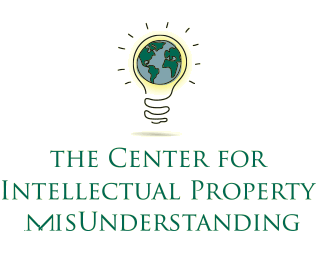

YESTERDAY we wrote about OIN's role in the Center for Intellectual Property Understanding (CIPU), which is the opposite of what its name says (common practice among front groups). Watch the composition: this is a software patents lobby with David Kappos, a clear IBM role, and Microsoft role also.
As well as being headed by Berman, CIPU includes former IBM and Microsoft IP supremo Marshall Phelps as vice-chairman. A number of other high profile IP figures have helped with getting the Center off the ground. These include Philips CIPO Brian Hinman, former Chief Judge of the Court of Appeals for the Federal Circuit Paul Michel and former USPTO Director David Kappos. Microsoft, Philips and Duke University are among those providing support.
"They try to strike down Alice, bring back software patents, and extort a lot of companies for many billions of dollars."We are probably going to hear a lot from this front group in the coming weeks/months. It will also lobby politicians behind closed doors, we are pretty sure about that...
It's clear what they want as they repeatedly write about it. They try to strike down Alice, bring back software patents, and extort a lot of companies for many billions of dollars.
Christopher Hall, writing for the National Law Review right now, seems to be on that same bandwagon. He seems to have not gotten the memo about death of software patents, or maybe he just conveniently pretends that Alice does not exist. People like him, along with the CIPU backers, have been constructing a bunch of tricks for loopholes that often work in the EPO; they try to pass off algorithms as a "machine" (to quote, "could be a computing machine of some sort, for computer-based algorithms").
These are technically meaningless terms (Deepak Chopra-style mumbo-jumbo) that may in fact suggest that Hall does not know how computer programs work (Watchtroll evidently has the same problem). Here is the full paragraph, which does cite ۤ101:
Claims written with the above template capture initial values, iterative values and results in the context of an iterative algorithm tied to a machine (which could be a computing machine of some sort, for computer-based algorithms). Variations on this can be written for tangible media and for system claims. This approach should pass muster for arguments and subject matter patent eligibility under 35 USC ۤ101, because the algorithm and presumably tangible result are inextricably tied to the machine that is executing the algorithm, so that a computer is not a mere field of use limitation.